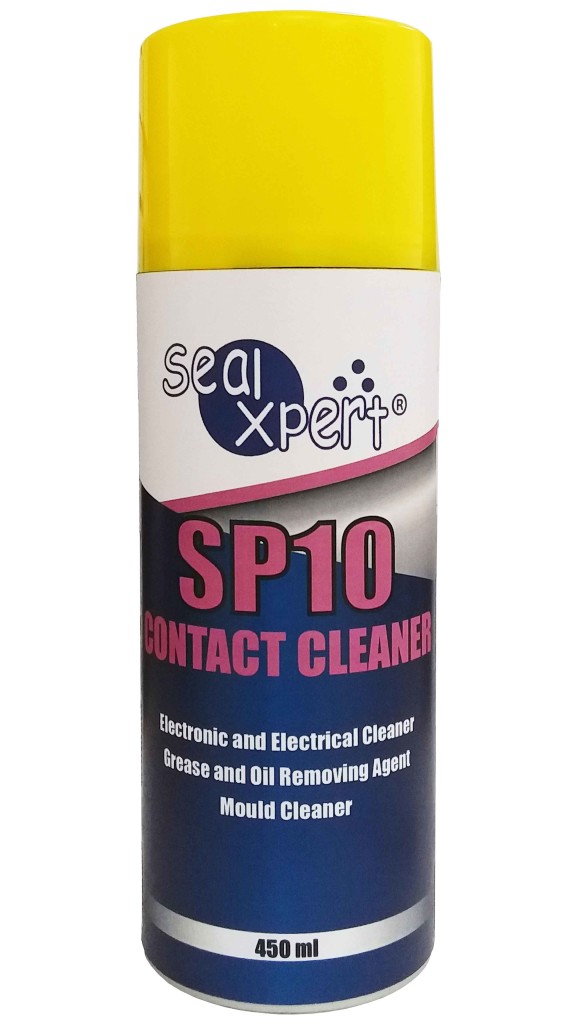
Contact Cleaner
Whether you are a regular person or a handyman, you must have faced a situation where you would need to clean all kinds of dirty parts that you were working on. A contact cleaner is a must have for the average handyman that wants to remove oxidation and clean electrical equipment without leaving behind a nasty residue unlike most cleaners that remove oxidation. It cleans the product making it easier to do your job. However, there are many people using the wrong product to clean the dirty parts. Instead of using a proper contact cleaner, people still tend to use a brake cleaner for all cleaning purposes.
Why Use a Contact Cleaner Instead of a Brake Cleaner
The use of a brake cleaner instead of a contact cleaner can be really dangerous and harmful to you and the parts that you want to clean. Firstly, a brake cleaner can sting your eyes badly, leading to an infection, if used incorrectly. Next, using a brake cleaner instead of a contact cleaner will damage electric parts as brake cleaners don’t get on plastic. Almost all connectors and circuit board parts are moulded into plastic or surround by it. Only use brake cleaners on brake parts and relevant parts of brakes. Do not use them on electronic equipment.
How Contact Cleaners Work
The contact cleaner works to clean special impurities on electronic boards, sockets, cables, etc. Electronic parts in automotive, or household appliances can easily become dirty due to oil or dust which reduces the electrical conductivity of their parts. In the electronics world, if a conductor is affected by rust, it will increase its electrical burden. It can also be a cause of short or zipper. When you spray a contact cleaner, it can quickly clean up the dirt in electronic devices and dry immediately. Its cleaning fluid does not conduct electricity hence, it is safe to spray onto all parts of electronic devices.
A contact cleaner is a must have for any handyman that wants to remove oxidation, clean, and that doesn’t leave behind nasty residue before soldering. It is a great cleaner for the average handyman because it does not leave a nasty residue like most other cleaners that remove oxidation and it cleans the product making it easier to do your job.
Now, while you are working in the field with this contact cleaner, we want to make sure even the average people can get this product as well because we want them to know it is not just for professionals.
Our Contact Cleaner
Our company has a great contact cleaner created for the average person and not just professionals, that will satisfy your needs. The SP10 Contact Cleaner is a contact cleaning spray for electronic, electrical, hospital, health care, sound, computer hardware, heavy mining, marine, navigation, chemical laboratory, automotive and daily household equipment.
Our SP10 Contact Cleaner is a plastic-safe, general-purpose evaporating cleaner and degreaser aerosol that is particularly effective on sensitive electronic and electrical equipment. It also effectively flushes away carbon deposits of dirt, light oils, dust and lint. This will eliminate carbon deposits and other contaminants that hold moisture and cause corrosion or arcing.
SealXpert SP10 Contact Cleaner is a plastic-safe general-purpose evaporating cleaner and degreaser. It is particularly used on sensitive electronic and electrical equipment.
SealXpert SP10 Contact Cleaner formulated to quickly penetrate into hard-to-reach areas and effectively flush away carbon deposits, dirt, light oils, dust, lint and other light contaminants.
SealXpert SP10 Contact Cleaner will eliminate carbon deposits and other contaminants that hold moisture and cause corrosion or arcing. An increase in resistance will indicate the frequency of re-application. Use only on power-off equipment.
- • Safe for use on most plastics
- • Low in toxicity
- • Non-conductive, non-corrosive, non-staining
- • Contains no lubricants, silicones, oils
- • Chemically stable, inert
Directions for Use:
- De-activate equipment before use
- Test on plastic substrates before use
- Apply contact cleaner by spraying onto surface
- Use extension tube for hard-to-reach areas
- For oxidation or corrosion on contact surfaces, use an abrasive or burnish.
Remove cleaning residue with SealXpert SP10 Contact Cleaner before reactivating equipment. - Ventilate thoroughly before restoring power.
Safety precautions before applying Contact Cleaner:
1. Power off before spraying
Before using the contact cleaner, the power must be turned off to avoid potential safety hazards such as sparks, short circuits or electrical discharges. Typically, contact cleaners contain highly flammable ingredients. They are cost-effective cleaning agents, but without proper ventilation, they may pose safety hazards, especially when there are open flames, sparks, or hot surfaces nearby.
2. Test the contact cleaner
SealXpert SP10 Contact Cleaner is safe for use on most plastics. However, it is highly recommended that you perform cleaning tests on sacrificial or test part to ensure the contact cleaner can be used without affecting the material. It is best to test on multiple areas of the part to ensure that all materials that may come into direct or indirect contact with the contact cleaner are safe.

